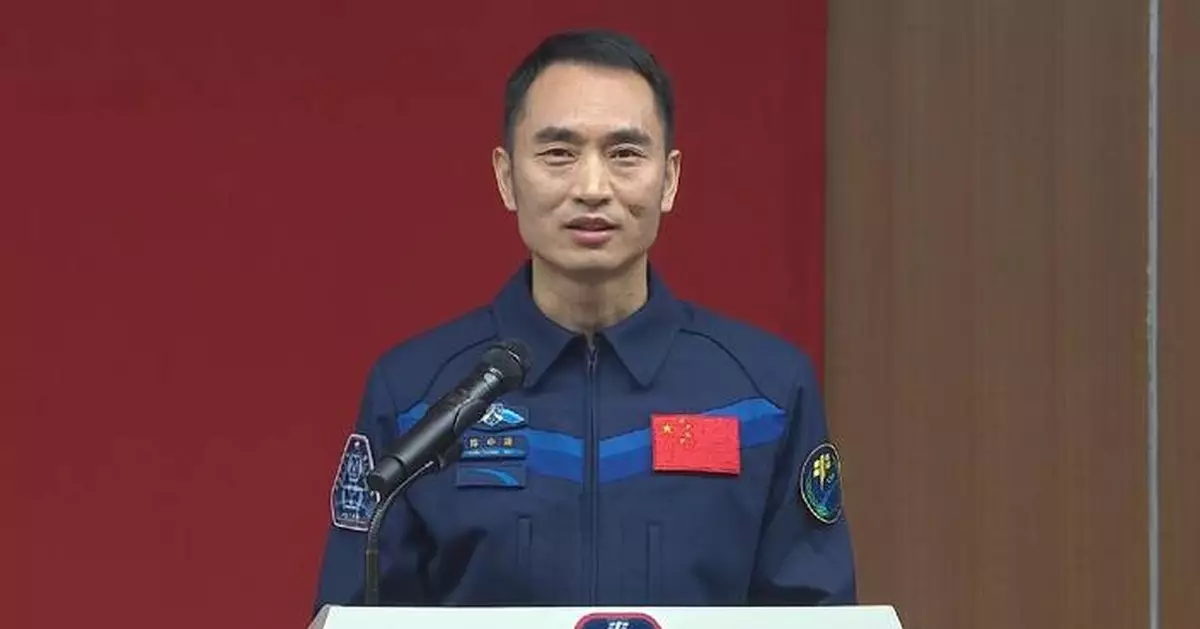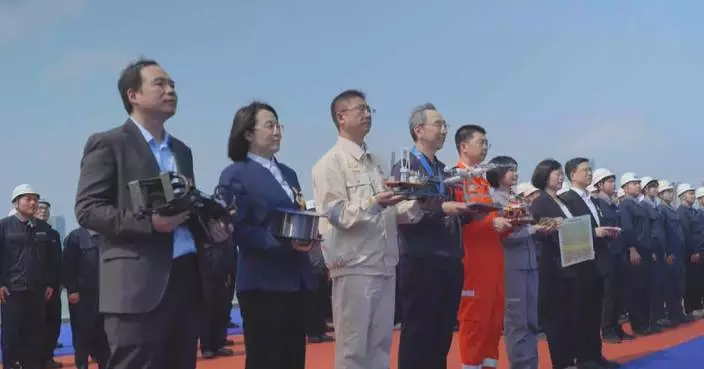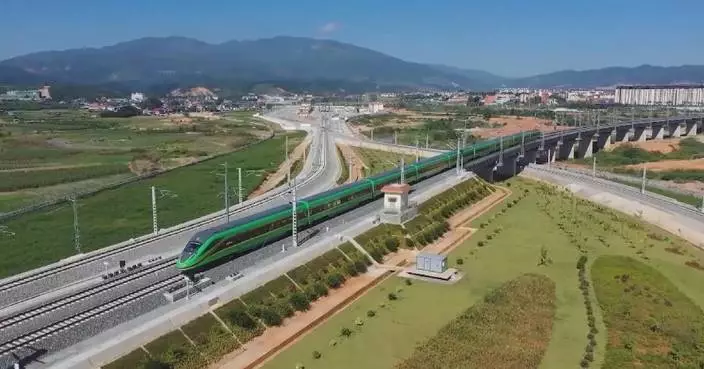Chen Zhongrui, a crew member of China's upcoming Shenzhou-20 spaceflight mission, on Wednesday shared the joy, pride and sense of responsibility he feels as he prepares to embark on his first mission as an astronaut.
Chen, a former air force pilot, was selected as one of the three members of the upcoming Shenzhou-20 mission, alongside two other Chinese astronauts including commander Chen Dong and Wang Jie.
The Shenzhou-20 crewed spaceship is scheduled to be launched at 17:17 Thursday (Beijing Time) from the Jiuquan Satellite Launch Center in northwest China, the China Manned Space Agency (CMSA) announced on Wednesday.
At a press briefing held at the launch center following the announcement, Chen Zhongrui expressed that he felt deeply honored to be part of the mission.
Chen is a member of the third batch of Chinese astronauts and a newcomer to space.
"I was once a fighter pilot, guarding the skies of our homeland, and I felt a deep sense of pride being involved in the development of China's aerospace industry. Sometimes, I would dream of flying even higher -- higher still -- breaking through the atmosphere to experience the vastness of space. When I heard about the astronaut selection, I signed up without any hesitation," he recalled, sharing his motivation to become an astronaut.
Chen expressed gratitude for the support from all sides and felt fortunate to connect his personal dream with the national goal in space exploration.
"In September 2020, 18 of us as the third batch had the honor of joining the astronaut team, embarking on a journey to serve our country and make our dreams of reaching the heavens a reality. Today, I'm about to fulfill my dream of flying into space. This is all thanks to the cultivation and training provided by organizations at all levels, the dedication of our instructors and researchers, the guidance and support from fellow astronauts, and, above all, the great new era we live in, which has provided us the platform to pursue and achieve our dreams. What I most want to express is that I feel fortunate to have been born in this new era, and I'm happy to be able to connect my personal dream with the Chinese Dream and the dream of space exploration," he said.
According to the CMSA, the Shenzhou-20 crew will remain on the space station for about six months, during which they will conduct space science and application experiments, perform extravehicular activities, conduct cargo loading and unloading, install space debris prevention devices, deploy and retrieve extravehicular payloads and equipment, and other tasks.
Chen shared that, although initially nervous and under pressure, the crew has now become well-integrated and works together under the commander's leadership. He also expressed his commitment to contributing to the space industry.
"To be honest, when we first started training together, we were a little nervous and under pressure, especially seeing the commander had already completed two spaceflight missions. But now, we've become so well integrated that we work as one, achieving a state of '1+1+1=1'. As members of the crew, under the commander's leadership, we will work together, be well adjusted, quickly adapt to the weightlessness of space, and approach every task with the mindset that every extra skill we acquire enhances our safety and every bit of knowledge we gain ensures greater reliability. We will humbly learn from the Shenzhou-19 crew, actively seek their guidance, and complete tasks such as space station extravehicular activities, daily operations and maintenance, equipment and material management, and space science experiments, so as to contribute to the advancement of our country's aerospace industry and technological strength!" he said.
The Shenzhou-19 crew is scheduled to return to the Dongfeng landing site in north China's Inner Mongolia Autonomous Region from the Tiangong space station on April 29, according to the CMSA.
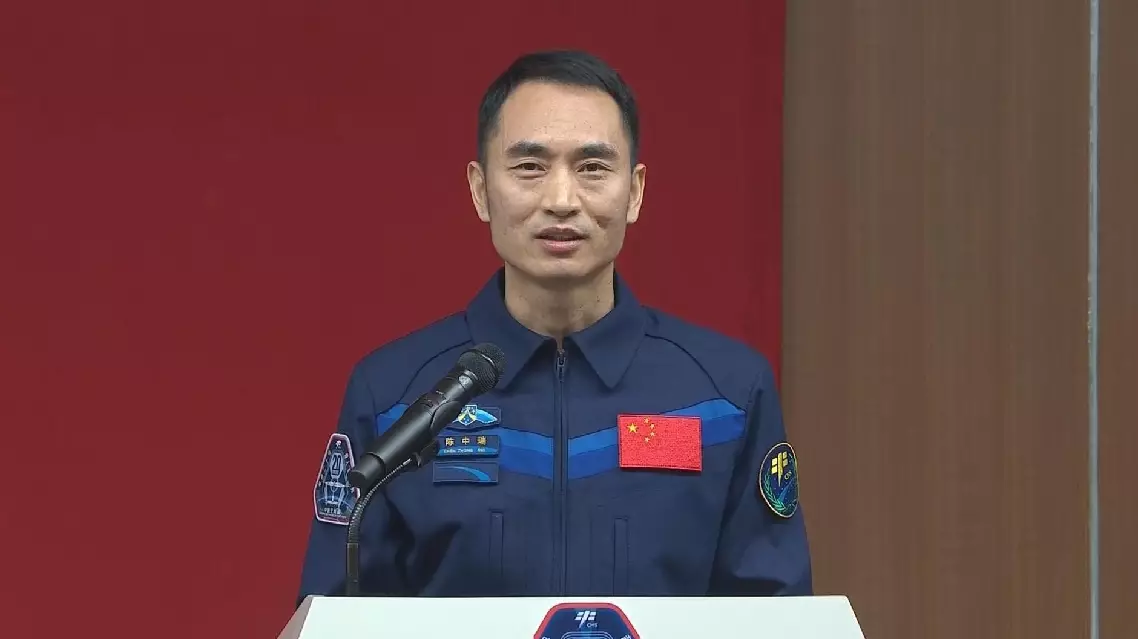
Chen Zhongrui shares joys, sense of responsibility as Shenzhou-20 astronaut

Chen Zhongrui shares joys, sense of responsibility as Shenzhou-20 astronaut
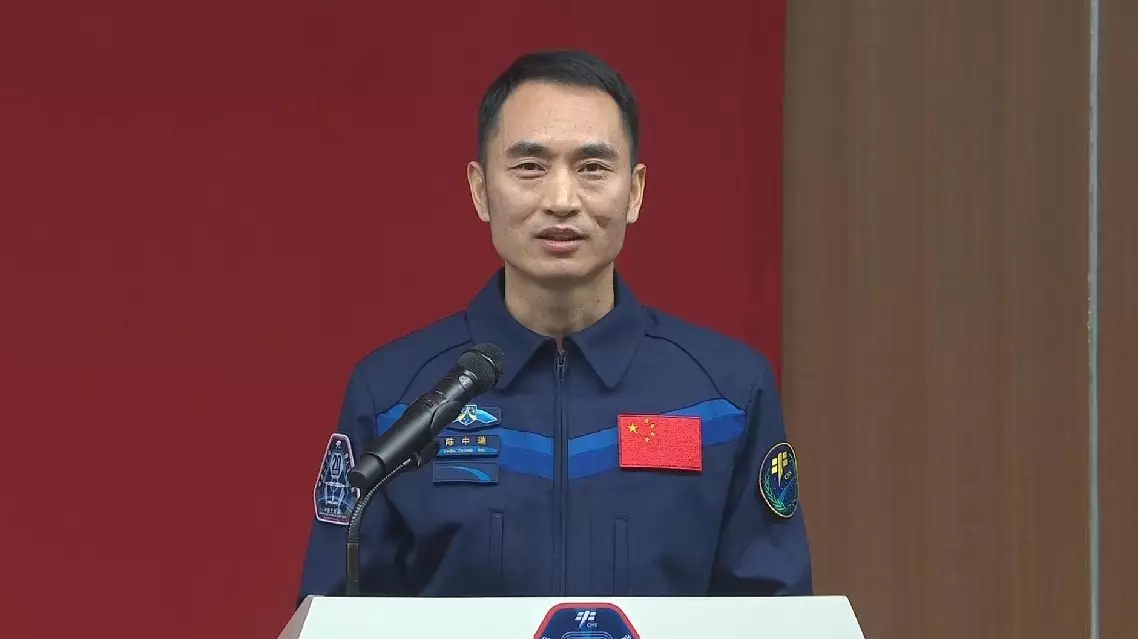
Chen Zhongrui shares joys, sense of responsibility as Shenzhou-20 astronaut


